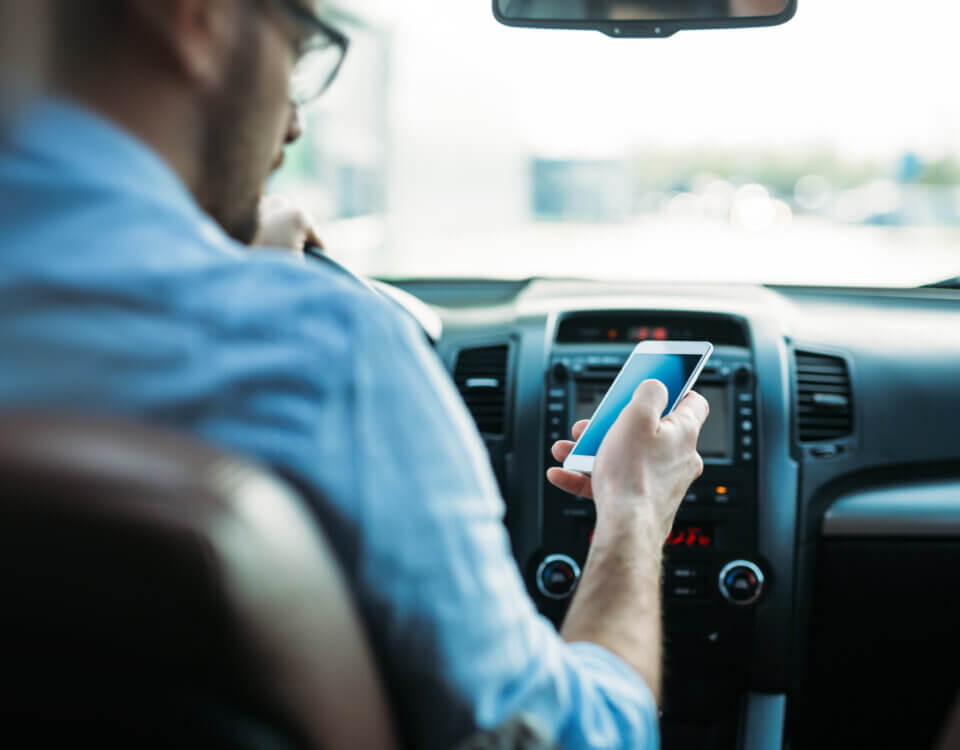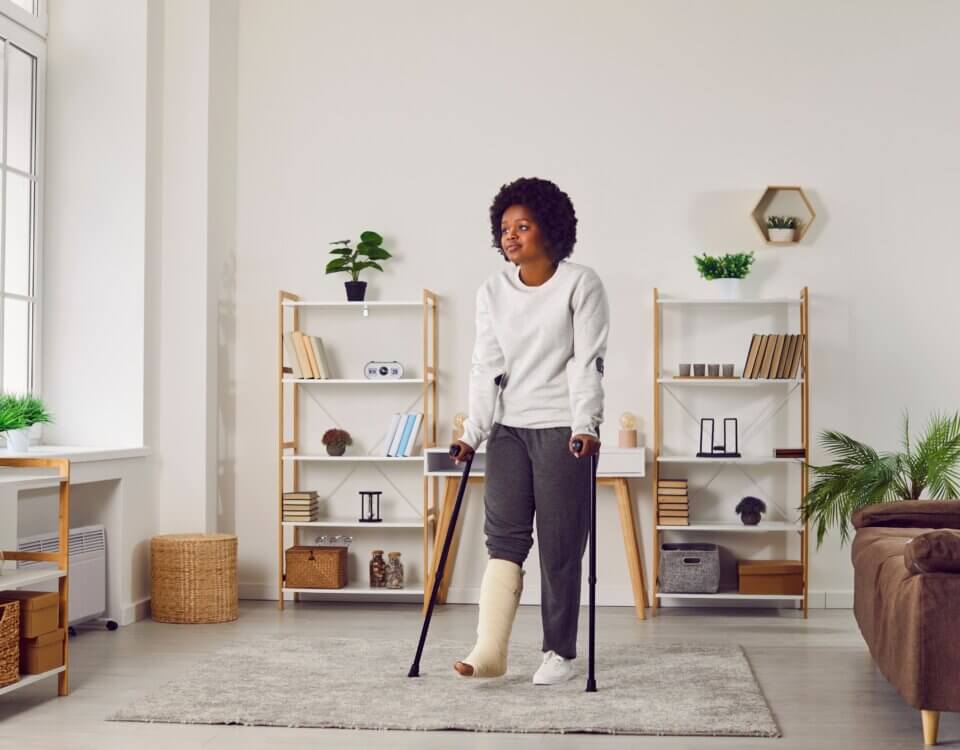When you are a passenger in a car crash it can be terrifying because you have no control over the driver’s actions. You can take certain steps before, during, and after a crash to protect yourself, get help, and improve your chances of a better outcome.
Before the Ride
Always wear your seatbelt no matter how short the trip. If you sit in the back seat when possible you are often safer especially in smaller cars. Choose a vehicle that’s well-maintained with airbags and reliable structural integrity.
During the Crash
If you sense an imminent crash try to brace yourself without tensing your joints. Press your back against the seat, keep your arms close to your body. If there’s side impact cover your head with your arms to reduce injury. A snug seatbelt across your lap and chest helps prevent being thrown forward or out of the seat.
Immediately After the Crash
Check yourself for injuries even if nothing hurts at first; internal injuries may be masked by adrenaline. Look around to see if others are hurt and if someone needs help. If there is danger like fire or smoke or if your door is jammed try to exit through a window or another exit. If escape is not safe stay put and call emergency responders.
Seeking Medical Help
Call 911 even if you believe your injuries are mild. Some serious injuries like concussions, internal bleeding, or soft tissue damage may show symptoms later. Follow through with all recommended medical evaluations and follow-ups. Keep records of everything including hospital visits, treatment, and any symptoms that emerge after the crash.
Documenting What Happened
When possible take photos of the scene – vehicle damage, your injuries, road conditions, traffic signs, weather, where you were seated. Gather contact information from witnesses. Make notes about how the crash happened including time, place, what you remember leading up to impact. These details become important in insurance or legal claims.
Managing the Aftermath
Pain, stiffness, dizziness, emotional trauma or anxiety are common. Follow all medical advice, rest when you need to, and seek therapy or counseling if emotional or psychological symptoms persist. Do not push yourself too hard too soon; healing often takes time.
How Hillstone Law Can Help
If you are a passenger injured in a crash Hillstone Law can help you understand your rights, gather evidence such as medical and crash documentation, estimate what your damages are (medical costs, lost wages, pain and suffering), and pursue compensation from the at-fault party or insurance providers.
Note: These blog posts are created solely for the use of Hillstone Law. The information is gathered from internet research, publicly available sources, and artificial intelligence (AI) tools such as ChatGPT. While we aim to share helpful and educational content, Hillstone Law does not independently verify every detail. Some information may be incomplete, outdated, or subject to change without notice. If you believe any part of a post is inaccurate, misleading, or infringes upon copyright, please contact Hillstone Law immediately so we can review it and take appropriate action, including correction or removal.
Disclaimer: The material provided in these blogs is for general informational purposes only and should not be considered legal advice. Reading these posts does not create, and is not intended to create, an attorney-client relationship with Hillstone Law. Our intent is to share knowledge, raise awareness, and provide helpful resources to the public; however, Hillstone Law makes no warranties or guarantees about the accuracy, completeness, or reliability of the information provided, and expressly disclaims liability for any actions taken in reliance on it. The photos used in these posts are for illustrative purposes only and do not depict actual clients, individuals, or incidents unless expressly stated. If you or a loved one has been injured in an accident, please contact Hillstone Law at (855) 691-1691. Our attorneys are available to answer your legal questions and help you understand your rights.







